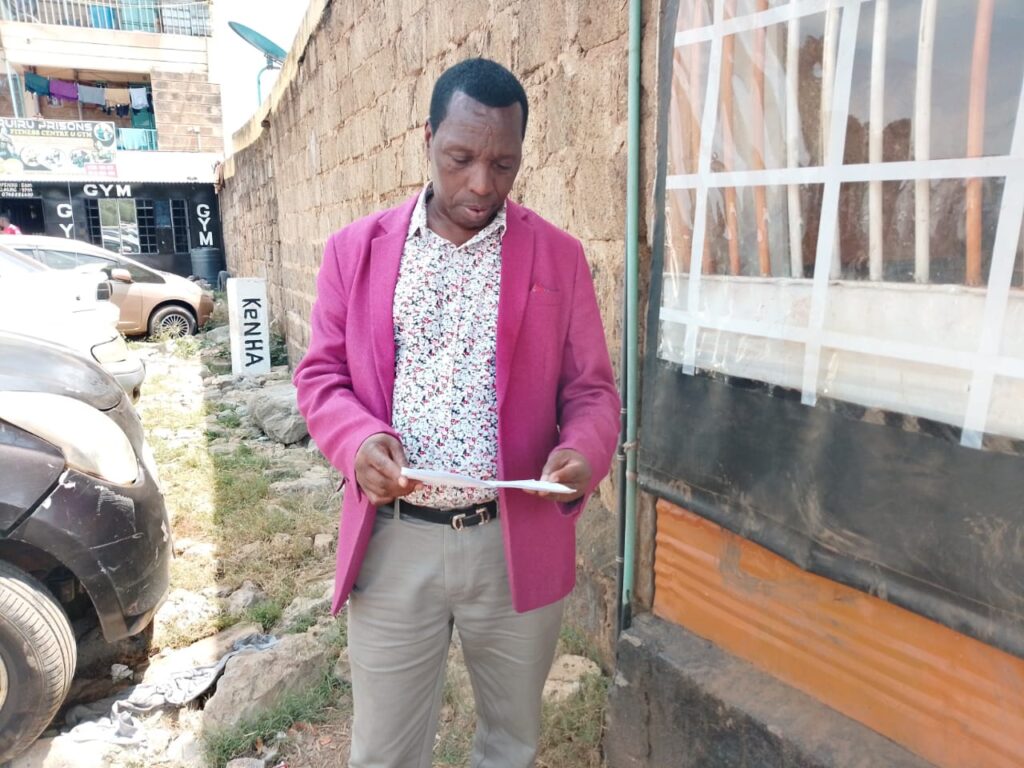After decades of conflict, a resolution may be in sight for the long-standing land dispute over a 419-acre parcel in the Kamiti Forest Reserve. This comes as four different community groups, who all lay claim to the land, have come together to petition the Kenya Forest Service (KFS) for the de-gazettement of the parcel, a crucial step toward its formal subdivision and titling.
The land in question was first earmarked for settlement in 1994 by a presidential declaration aimed at helping needy families. However, the process stalled, leading to disputes among multiple groups vying for ownership. In a recent breakthrough, these factions—the Kamiti/Anmer Development Welfare Group (KADWAG), Kamiti/Anmer Development Association (KADA), Kamiti/Anmer Forest Squatters (KAFSA), and Muungano Wa Kamiti Society—have formed a united front.
The move to unify came following recommendations from a parliamentary committee led by former Speaker Justin Muturi and later, a Departmental Committee on Lands chaired by Hon. Rachael Nyamai. The National Assembly’s Committee on Implementation, headed by Hon. Raphael Wanjala, has also been pushing for a resolution. During a recent committee session, Principal Secretary for Lands, Nixon Korir, and the National Land Commission Chairperson, Gershom Ottachi, confirmed that the titling process could begin once the land is officially de-gazetted.
The Ministry of Interior, Ministry of Lands and Urban Planning, and the National Land Commission have all been involved in mediating ad-hoc meetings to regularize member lists and facilitate a fair sharing mechanism. This collaborative effort signals a renewed commitment from the government to finally resolve the matter.
In a letter to the Director General of the Kenya Forest Service, the groups’ representatives, led by James Kinuthia Mwangi, requested the de-gazettement to “facilitate further subdivision thus making ownership of respective plots and social amenities identifiable.” This unified petition represents a significant milestone, moving the process from a state of internal conflict to one of cooperative action. The groups are hopeful that the KFS will act expeditiously to provide a “lasting solution” to a dispute that has persisted for over 30 years.
The resolution of the Kamiti land dispute could serve as a model for addressing similar conflicts across the country, showcasing the power of alternative dispute resolution and inter-agency cooperation. As the petition awaits action from the KFS, all eyes are on the government to see if it can finally bring this protracted saga to a close.
